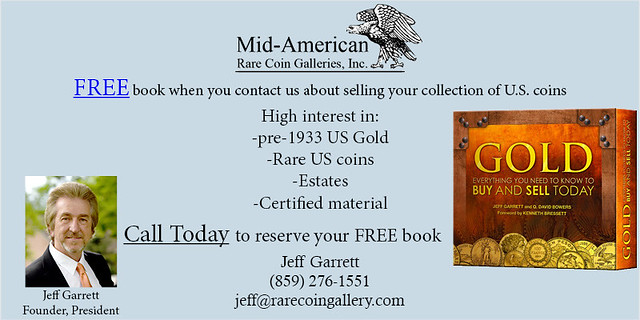
PREV ARTICLE
NEXT ARTICLE
FULL ISSUE
PREV FULL ISSUE
VOCABULARY TERM: EDGE LETTERING, PART 3Here's more from the entry on Edge Lettering and Numbering from Dick Johnson's Encyclopedia of Coin and Medal Terminology. -Editor Data Found On Edges Hallmarks. Hallmarking developed to a high degree among English gold and silversmiths, beginning as early as the 13th century. Four marks usually appeared on English silver and gold: a maker's mark, the hallmark of the assay office, a date letter and a sterling mark. All precious metal objects were required by law to be so hallmarked (with certain exceptions such as foreign-made plate or antique objects over 100 years old). Usually these appear on the reverse, but infrequently on the obverse – or the edge. See hallmarks and hallmarking. Gold and silver objects made in America were frequently hallmarked but no uniform system of symbols was ever adopted. Beginning in the early 19th century, British craftsmen began using words to replace the symbols, and this carried over somewhat to America and other countries. Standard became widely known for 900 parts silver to 100 parts copper. Coin standard or coin silver was also used for the same meaning, more so in America than in England. (Silver coins were actually melted for the source of this silver, but not always so.) Sterling meant 925 parts of silver to 75 parts of copper; and this term is universally known as such to this day. Gold was expressed in karats – 24 being pure gold. Karats was abbreviated "kt" and an example, "18 kt" means 750 parts of gold to 250 parts alloy, usually copper. The most popular karat fineness ranges from 9 through 22. Medals made of rolled gold usually carry a fraction on the edge: "1/10 18 kt." for example, means there is 1/20th of the thickness of the piece of 18 karat gold on one side, 1/20th on the other side (this adds up to the total 1/10 expressed on the edge). The base metal is a lesser alloy, again, usually copper. Fineness. In 1904 standard marks were legalized for the decimal equivalents of fineness for silver objects in the United Kingdom. Largely due to the influence of Tiffany & Co., the New York jewelry firm, a similar law was enacted in the United States in 1906. These laws requiring every precious metal item made or sold in the two countries to be marked with its fineness. Gold and silver medals manufactured since 1906, therefore, are required to give a karat rating for gold, or a fineness statement for silver. Recognized words, or the exact decimal equivalent, are permitted. Today silver medals are edge marked "sterling" or ".925" – or ".999" for commercially pure silver – the two most popular compositions of silver. Fineness may be expressed in other ways, as a fraction, for example: 900/1000, but this is discouraged because this is one form of expressing a serial number and edition limits on collector medals. Serial numbers. These numbers are often a single figure. This can be the case for open-ended editions (as many medals are made as are sold by a certain date), or for an edition which is announced in advance but not expressed on the medals. Most often, however, a pre-determined edition limit is expressed thusly: 325/1500. This means it is the 325th medal of an edition of 1,500 pieces. It does not necessarily mean it is the exact 325th specimen struck from the die of that design, for frequently numbering is interrupted. That is, to meet a shipping date or other commitment, medals may be numbered out of sequence to fulfill an allotment. Infrequently the entire announced limit is not sold out and serial numbers may have gaps in their sequence – a permanent example of interrupted numbering. (This data is kept in a registry.)
To read the complete entry on the Newman Numismatic Portal, see:
To read the earlier E-Sylum article, see:
Wayne Homren, Editor The Numismatic Bibliomania Society is a non-profit organization promoting numismatic literature. See our web site at coinbooks.org. To submit items for publication in The E-Sylum, write to the Editor at this address: whomren@gmail.com To subscribe go to: https://my.binhost.com/lists/listinfo/esylum All Rights Reserved. NBS Home Page Contact the NBS webmaster 
|
